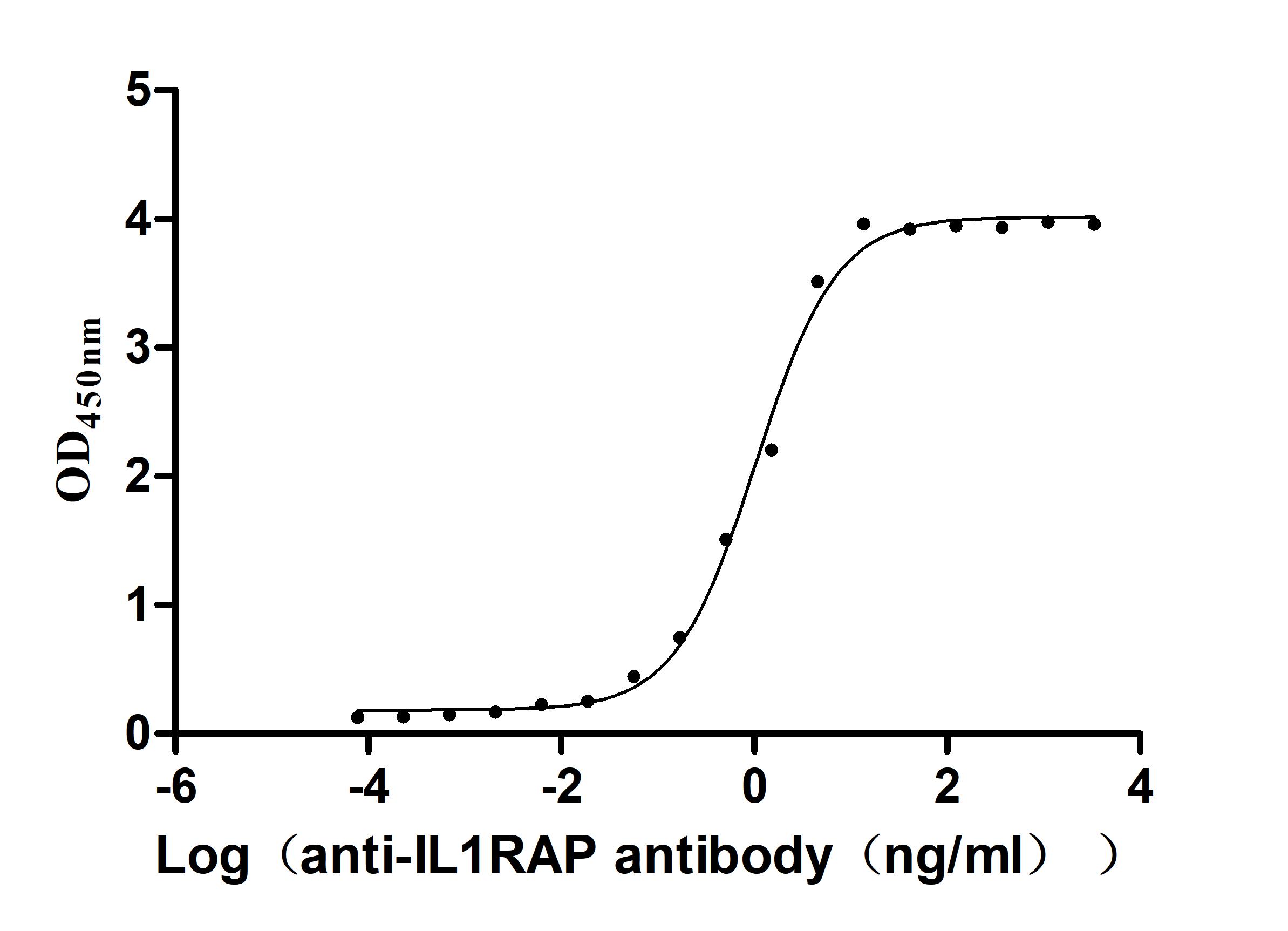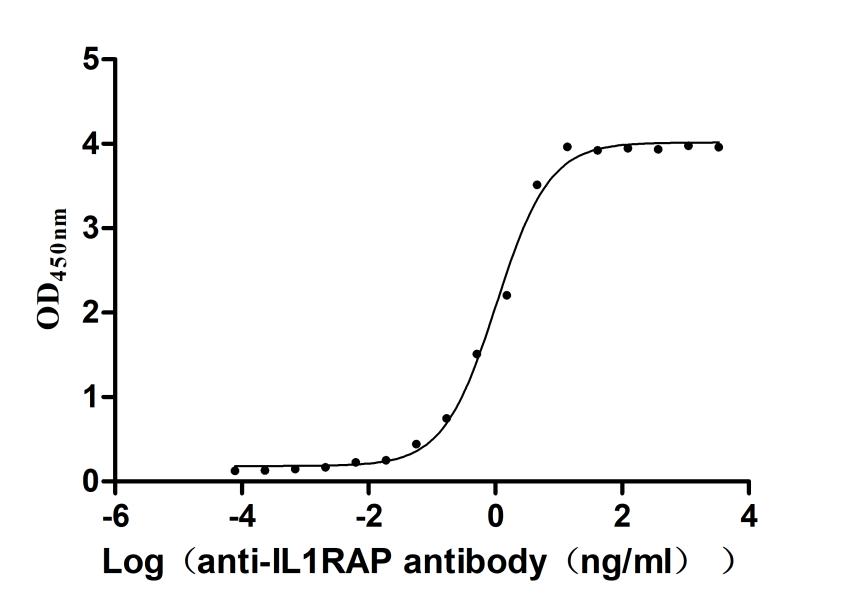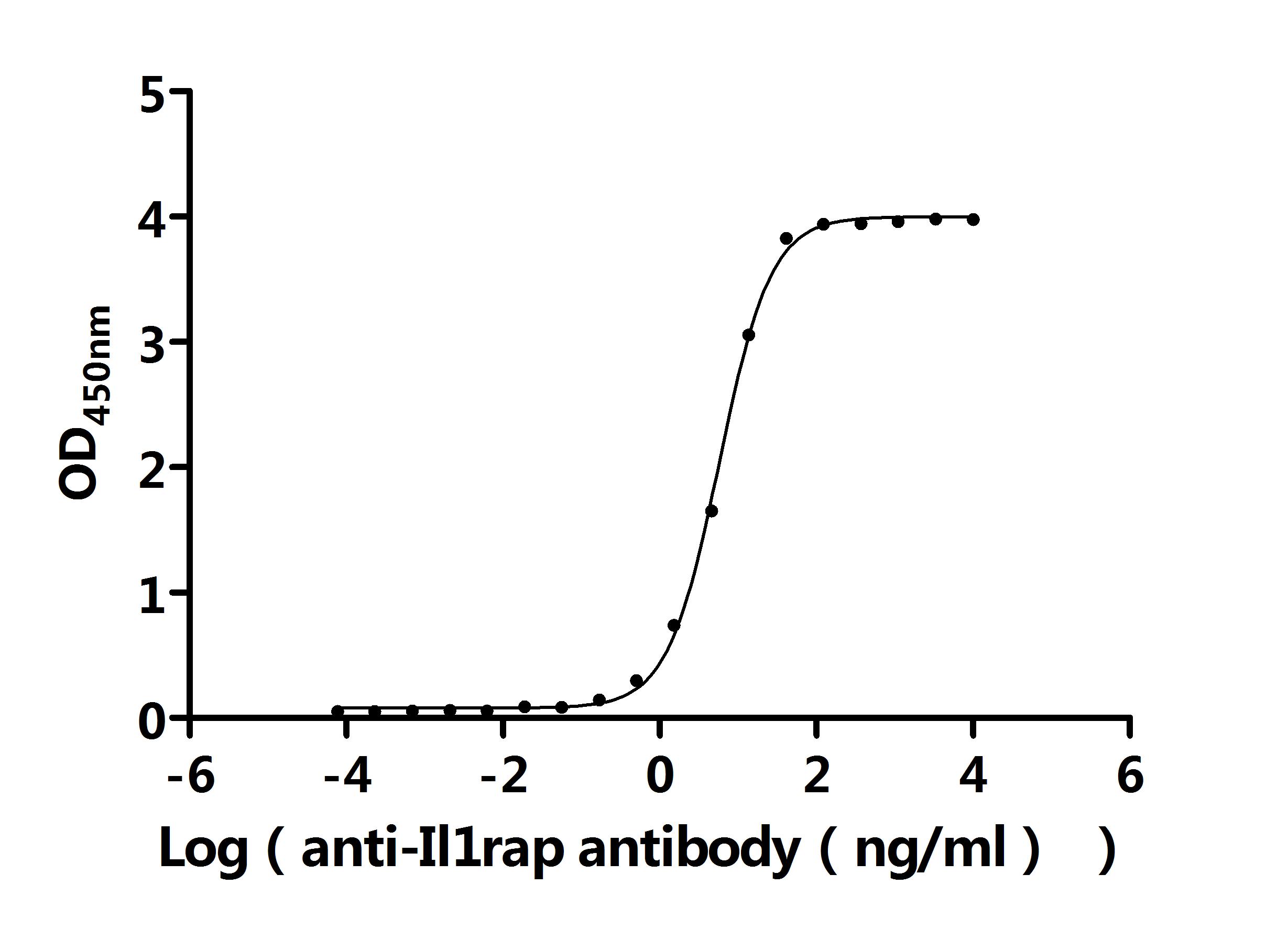[1] C. Grönberg, S. Rattik, C. Tran-Manh, Xiang Zhou, Aleix Rius Rigau, Yi-Nan Li, A. Györfi, Nicholas Dickel, Meik Kunz, Alexander Kreuter, Emil-Alexandru Matei, Honglin Zhu, Petter Skoog, D. Liberg, J. Distler, T. Trinh-Minh.(2024). Combined inhibition of IL-1, IL-33 and IL-36 signalling by targeting IL1RAP ameliorates skin and lung fibrosis in preclinical models of systemic sclerosis.
[2] Megan Mulholland, M. Depuydt, G. Jakobsson, I. Ljungcrantz, A. Grentzmann, Fong To, E. Bengtsson, Elin Jaensson Gyllenbäck, C. Grönberg, S. Rattik, D. Liberg, A. Schiopu, H. Björkbacka, J. Kuiper, I. Bot, B. Slütter, D. Engelbertsen.(2024). Interleukin-1 receptor accessory protein blockade limits the development of atherosclerosis and reduces plaque inflammation.
[3] Qinghao Liu, Yaqi Ru, Yan Jiang, Huimin Li, Wenbo Li, Lan Yang, Qian Shi.(2024). Abstract 5794: DX2206, a humanized monoclonal antibody that targets IL1RAP, exhibits potent inhibition of IL-1 pathways and activities against tumors in vitro and in vivo.
[4] K. Mitchell, Laura Barreyro, Tihomira I. Todorova, Samuel J. Taylor, I. Antony-Debré, Swathi-Rao Narayanagari, L. Carvajal, Joana Leite, Zubair Piperdi, Gopichand Pendurti, Ioannis Mantzaris, E. Paietta, A. Verma, K. Gritsman, U. Steidl.(2018). IL1RAP potentiates multiple oncogenic signaling pathways in AML.
[5] Bauke de Boer, S. Sheveleva, K. Apelt, E. Vellenga, A. Mulder, G. Huls, J. Schuringa.(2020). The IL1-IL1RAP axis plays an important role in the inflammatory leukemic niche that favors acute myeloid leukemia proliferation over normal hematopoiesis.
[6] Yu Zhang, Zi-tong Zhang, Shiwei Wan, Jing Yang, Yu-Juan Wei, Huijing Chen, Wanzhu Zhou, Qiu-Yi Song, Shu-Xuan Niu, Ling Zheng, Kun Huang.(2023). ANGPTL3 negatively regulates IL-1β-induced NF-κB activation by inhibiting the IL1R1-associated signaling complex assembly.
[7] Hai-Feng Zhang, Christopher S. Hughes, Wei Li, Jianzhong He, Didier Surdez, Amal M. El-Naggar, Hongwei Cheng, A. Prudova, A. Delaidelli, G. Negri, Xiaojun Li, Maj Sofie Orum-Madsen, Michael M Lizardo, H. Oo, Shane Colborne, Taras Shyp, Renata Scopim-Ribeiro, C. Hammond, Anne-Chloé Dhez, Sofya Langman, J. Lim, Sonia H Y Kung, Amy Li, A. Steinø, M. Daugaard, Seth J. Parker, Ramon I. Klein Geltink, R. Orentas, Li-Yan Xu, G. Morin, O. Delattre, D. Dimitrov, P. Sorensen.(2021). Proteomic Screens for Suppressors of Anoikis Identify IL1RAP as a Promising Surface Target in Ewing Sarcoma.
[8] Eric Van Cutsem, S. Ochsenreither, J. Collignon, R. Eefsen, A. Ivanauskas, Svetlana Shatunova, Irina Vetter, E. Gyllenbäck, Petter Skoog, N. Losic, D. Tersago, Hana Starobova.(2024). Impact on chemotherapy induced peripheral neuropathy of nadunolimab, a first-in-class monoclonal antibody against IL1RAP, in patients with pancreatic cancer, with supportive mouse model data.
[9] D. Lema, G. Jakobsson, A. Daoud, David Elias, M. Talor, S. Rattik, C. Grönberg, Hannah Kalinoski, Elin Jaensson Gyllenbäck, Nadan Wang, D. Liberg, A. Schiopu, D. Čiháková.(2024). IL1RAP Blockade With a Monoclonal Antibody Reduces Cardiac Inflammation and Preserves Heart Function in Viral and Autoimmune Myocarditis.
[10] Elizabeth S Fisher, Kate Tubbesing, T. Bertucci, Katherine Stevens, J. Tcw, Alison M. Goate, Sally Temple.(2023). Investigation of IL1RAP in vascular endothelial and microglia interactions.
[11] Elizabeth S Fisher, Kate Tubbesing, Katherine Stevens, Steven A. Lotz, T. Bertucci, Sally Temple.(2024). Basic Science and Pathogenesis.
[12] Bo Li, Chuancui Hu, Da Zhao, Mingchao Nie, Xiaoli Wang.(2024). Circular RNA circMAN1A2 promotes ovarian cancer progression through the microRNA-135a-3p/IL1RAP/TAK1 pathway.
[13] Liou Huang, Chunrong Wu, Dan Xu, Yu-hui Cui, Jianguo Tang.(2024). IL1RAP Exacerbates Sepsis-Induced Pulmonary and Spleen Injury Through Regulating CD4+ T Lymphocyte Differentiation.
[14] K. West, Susheel Kumar, M. Scott, J. Emery, U. Steidl, Swathi-Rao Narayanagari, K. Mitchell, Fang Ren, Hua-Zong Ying, Qi Fei, T. Yang, Eric C. Svensson, G. Rosen.(2023). BOS-371, a monoclonal antibody against IL1RAP: Characterization in preclinical models of AML.


















Comments
Leave a Comment